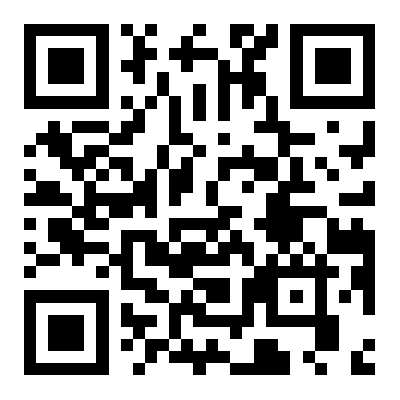Tension sensor, also known as resistance strain gauge sensor, belongs to the load cell series, is a device that converts physical signals into measurable electrical signals. With the development of industry, it has been widely used in industrial production measurement, the following we will introduce the working principle of the tension sensor and the wiring method.
(A) the principle of the tension sensor
Elastomer (elastic element, sensitive beam) produces elastic deformation under the action of external force, so that the resistance strain gauge (conversion element) pasted on its surface also produces deformation, resistance strain gauge deformation, its resistance value will change (increase or decrease), and then through the corresponding measurement circuit to convert this resistance change into electrical signal (voltage or current). Thus, the process of converting external forces into electrical signals is completed.
(2) How to wire the tension sensor
First determine the sensor interface on the display of positive power supply, negative power supply, positive feedback, negative feedback, signal positive, signal negative, if it is a 6-wire transmitter, measured the sensor resistance of the two groups of lines are positive power supply, positive feedback; The power supply is negative, the feedback is negative, and the sensor is loaded after receiving the display. The voltage value of the other two wires is measured (millivolt). The display signal is positive and the display signal is negative. If it is a four-wire value, it is necessary to short-circuit the power supply and feedback positive of the display, and the power supply and feedback negative short-circuit, and use a multimeter to measure the four wires of the sensor, of which the two with the largest resistance value are the power supply and the other two are the signal.
According to the origin of the sensor, you can use the color of the lead to judge, our company's production is generally red for the power supply positive, black for the power supply negative, yellow for the signal positive, white for the signal negative.

































